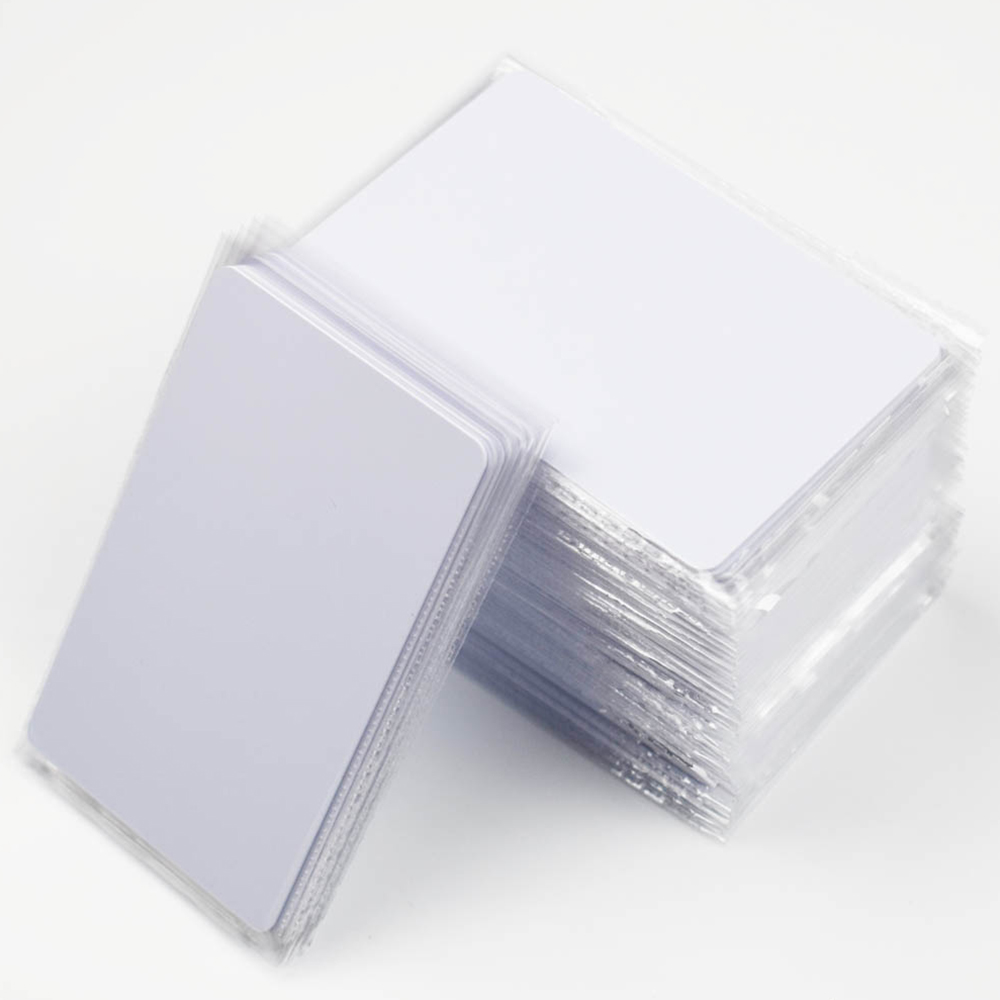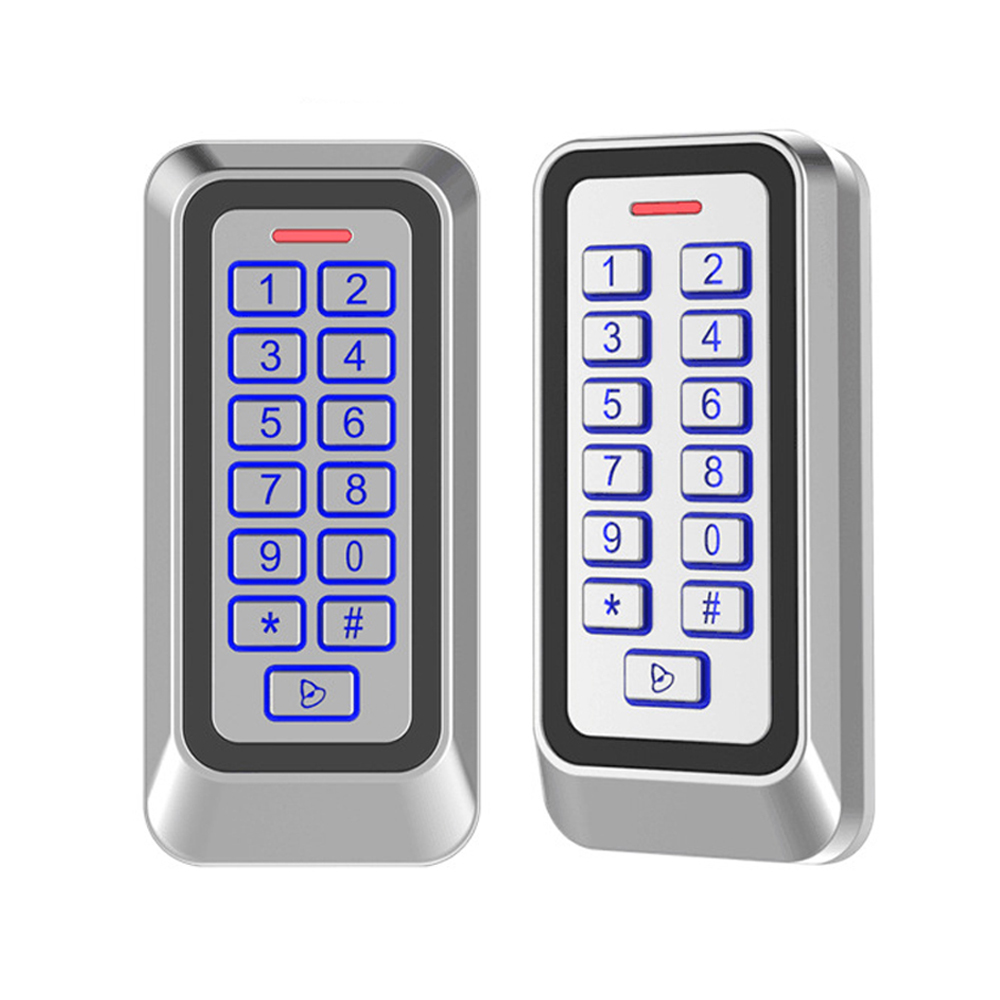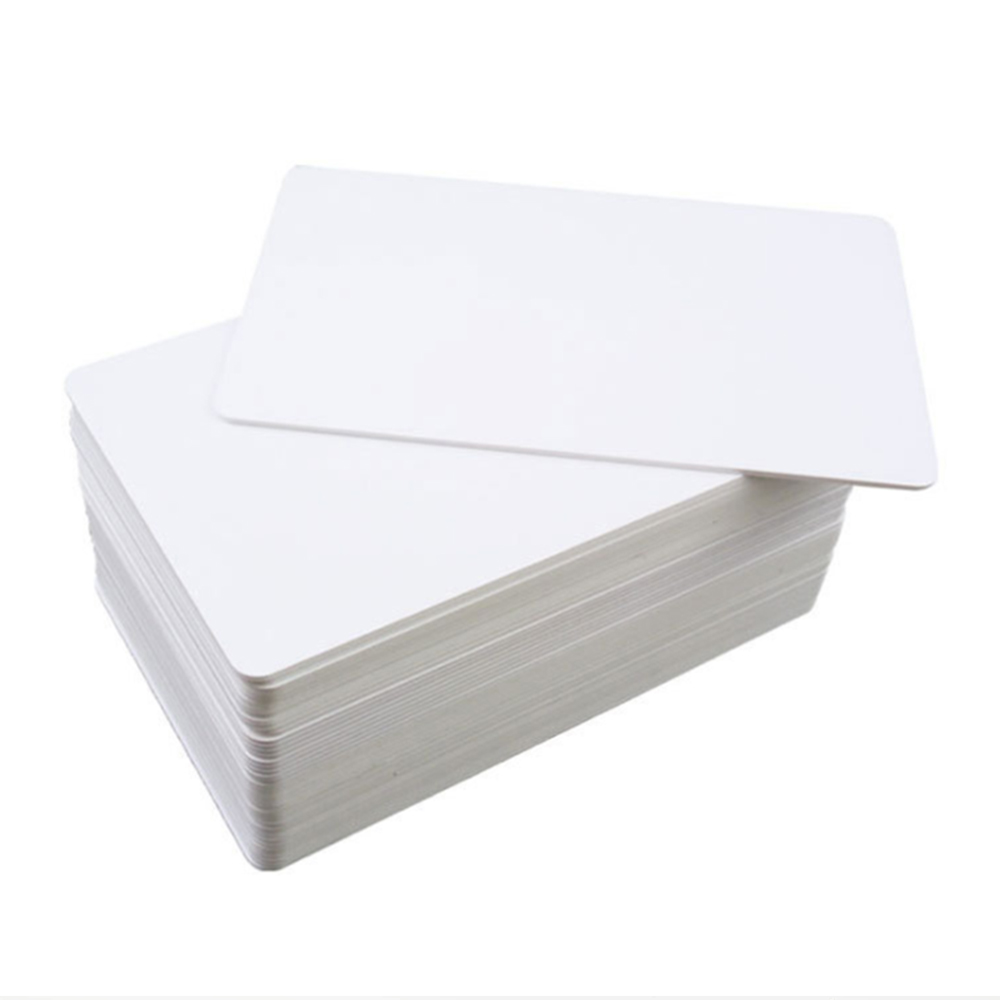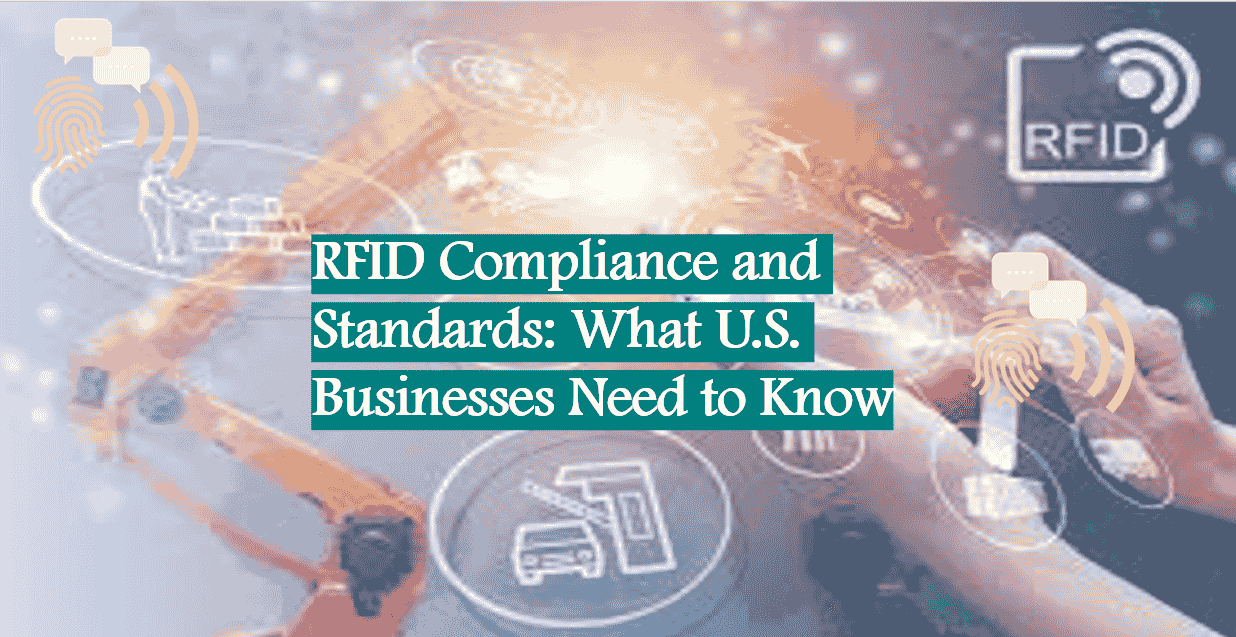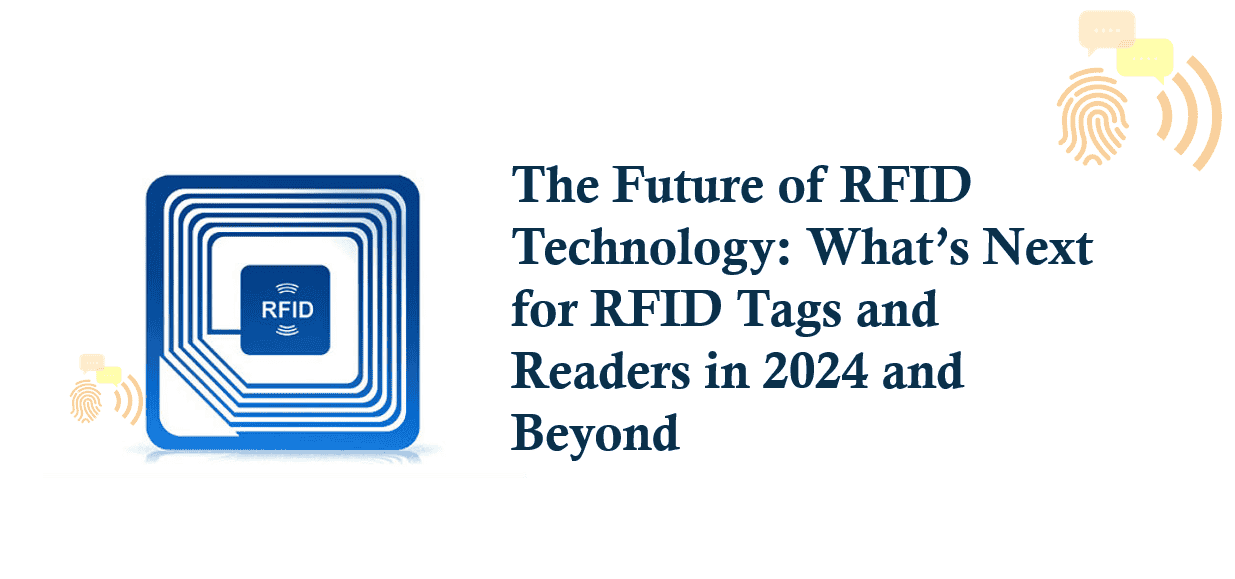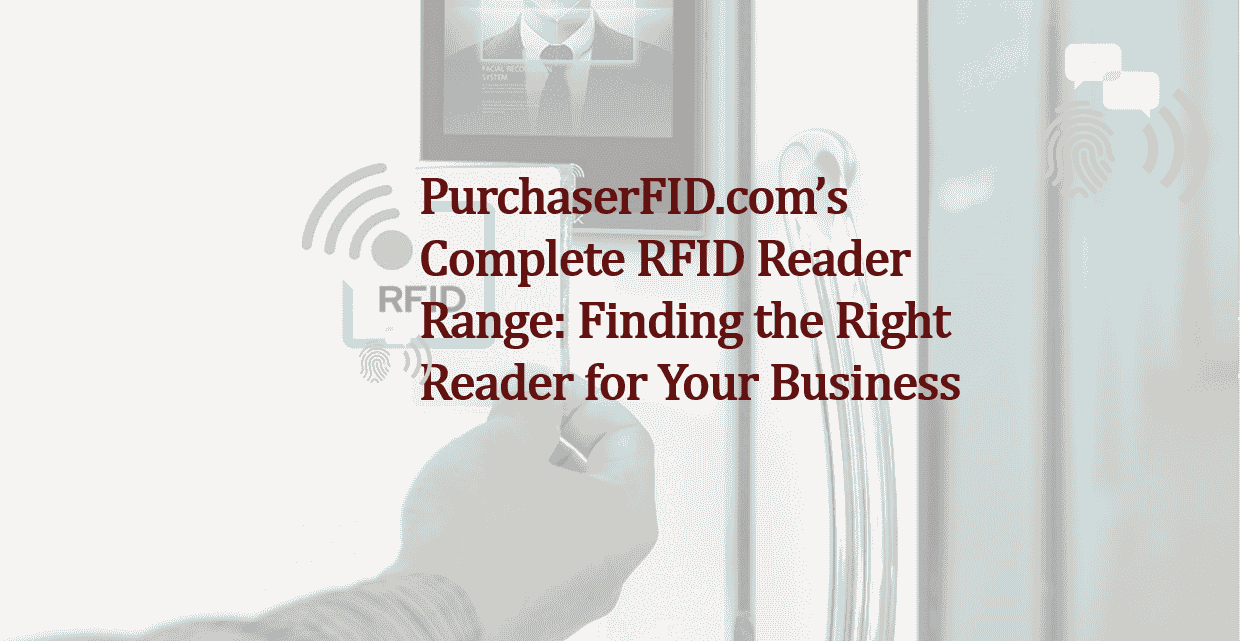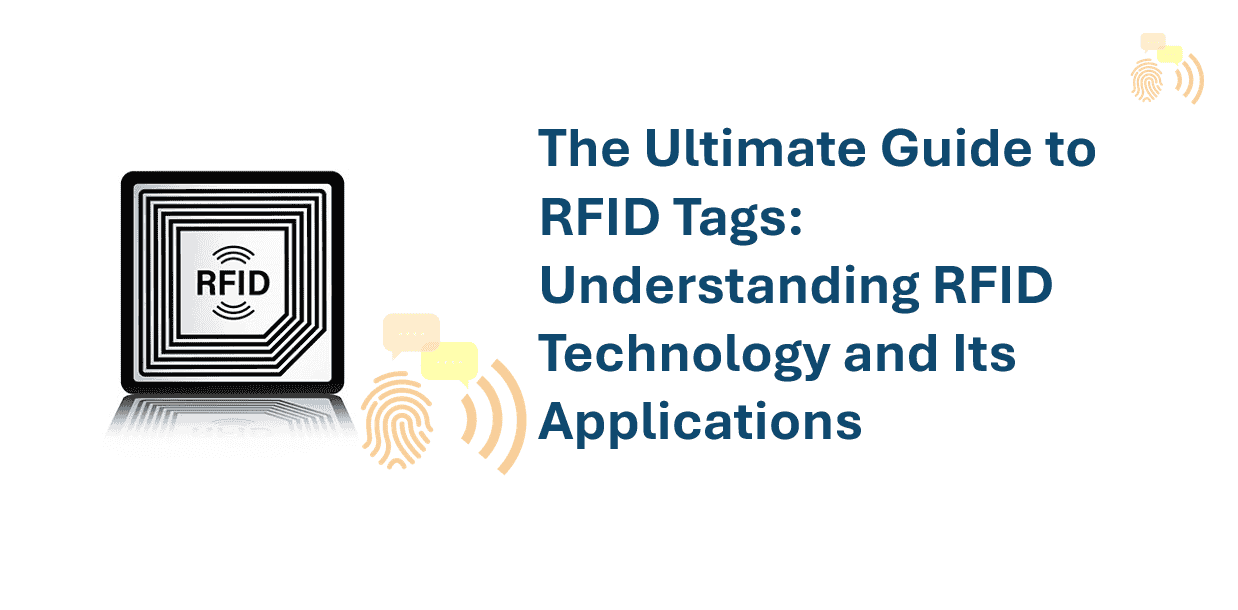Comprehensive RFID Development Kits for Every Application
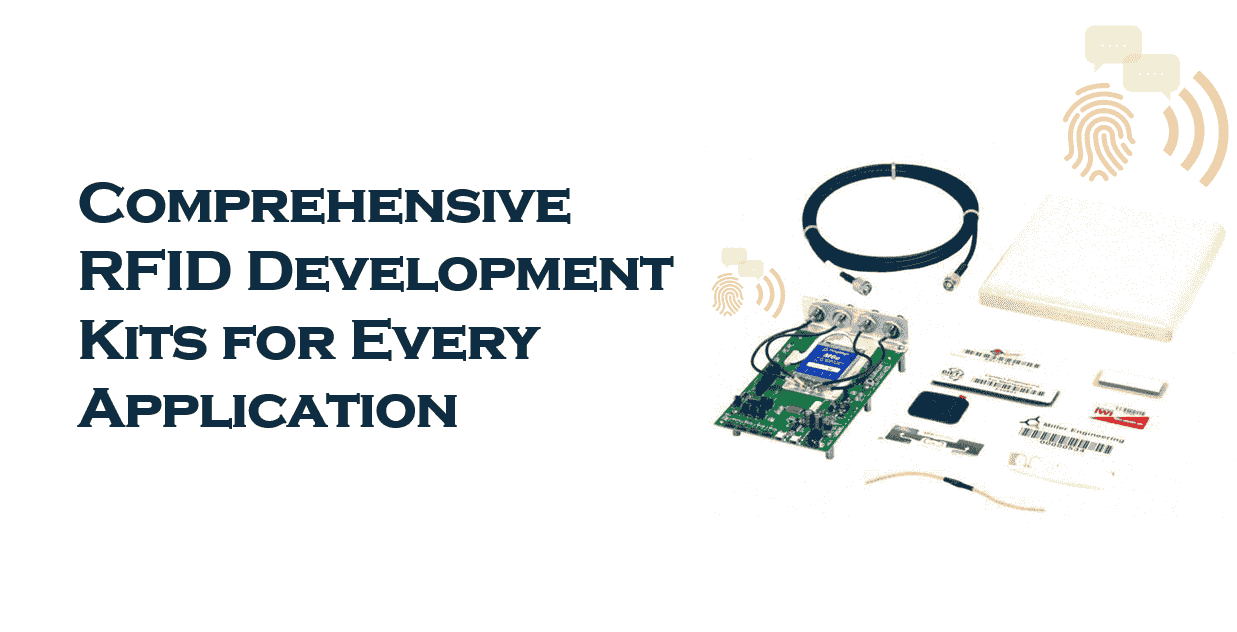
Comprehensive RFID Development Kits for Every Application
Radio Frequency Identification (RFID) technology has revolutionized industries worldwide, from retail and logistics to healthcare and manufacturing. Whether you’re designing an asset tracking system, implementing a secure access control solution, or building an IoT-based inventory management system, RFID is at the heart of many modern innovations. To help developers, engineers, and businesses efficiently harness the power of RFID technology, RFID development kits have become indispensable tools. These kits provide everything you need to prototype, test, and refine RFID solutions for a wide range of applications.
In this article, we’ll explore the benefits of RFID development kits, what they typically include, and why investing in high-quality RFID prototyping tools is crucial for your next RFID project.
Table of Contents
- Introduction: The Power of RFID Development Kits
- Why RFID Development Kits Are Essential
- Key Components of RFID Development Kits
- Types of RFID Development Kits for Different Applications
- How to Choose the Right RFID Development Kit
- Conclusion
Why RFID Development Kits Are Essential
RFID systems consist of tags, readers, antennas, and software that communicate through radio waves to track and manage assets. Whether you're an experienced developer or a beginner, a comprehensive RFID development kit allows you to rapidly prototype your RFID system without the need to purchase individual components separately.
Here are a few reasons why buying RFID kits can accelerate your development process:
-
All-in-One Solution: A well-designed development kit includes all the essential components—RFID tags, readers, antennas, cables, and necessary software—to get started with RFID technology right out of the box. This eliminates the guesswork involved in sourcing compatible parts and ensures a smoother integration process.
-
Time and Cost Efficiency: Purchasing individual RFID components can be time-consuming and expensive. A development kit bundles everything together at a more affordable price, saving you both time and money. Additionally, many kits come with tutorials and documentation, reducing the learning curve for new users.
-
Flexible for Multiple Applications: RFID is highly versatile, and development kits come with various customization options to suit a wide range of applications. Whether you’re working on a retail RFID system, a smart factory, or a secure access control system, there’s an RFID kit for every need.
-
Future-Proof Technology: As the RFID landscape evolves, so do the development kits. Many modern RFID prototyping tools are designed to support emerging technologies like passive UHF RFID, NFC (Near Field Communication), and integration with cloud-based IoT platforms, ensuring your development kit remains relevant for years to come.
Key Components of RFID Development Kits
When you buy RFID kits, you’re essentially investing in a set of tools that enables you to design, test, and deploy RFID solutions. A typical RFID development kit includes the following components:
1. RFID Reader
The reader is the heart of the RFID system, sending and receiving signals from the RFID tags. It usually supports a variety of frequencies, such as LF (Low Frequency), HF (High Frequency), and UHF (Ultra High Frequency), depending on the application. Some advanced kits even offer multi-protocol support, enabling you to work with a broad range of tags.
2. RFID Tags
Tags are the objects that store and transmit data. They come in several formats, including passive, active, and semi-passive. Passive tags are the most common and don’t require a battery. Active tags, on the other hand, have their own power source and are used for longer-range applications. Development kits typically provide a mix of both, so you can experiment with different tag types.
3. Antenna
The antenna plays a crucial role in the transmission and reception of radio waves between the reader and the tags. Most development kits include one or more antennas, and depending on the kit, you may have access to specialized antennas for specific ranges and environments.
4. Software Development Tools
Many RFID development kits come bundled with software tools that allow you to integrate RFID functionality into your existing applications. These may include SDKs (Software Development Kits) that support popular programming languages like C, Java, and Python. Some kits may also include middleware to help bridge the gap between hardware and enterprise systems.
5. Cables and Connectors
All the necessary cables, adapters, and connectors for powering the reader and connecting it to your computer or network are typically included in the kit. These ensure you can start working with the hardware right away, without worrying about compatibility issues.
Types of RFID Development Kits for Different Applications
RFID technology has a broad range of applications, so it's important to choose the right RFID development kit based on your project’s specific needs. Below are a few categories of development kits that cater to different use cases:
1. Retail and Inventory Management Kits
For businesses in the retail sector, RFID can streamline inventory management, reduce theft, and improve supply chain efficiency. Development kits designed for retail applications often come with UHF RFID tags and readers to manage larger volumes of products across a broad area. These kits also include software that integrates with existing inventory management systems.
2. Asset Tracking Kits
These kits are tailored for applications requiring precise asset tracking in environments like hospitals, warehouses, and factories. RFID prototyping tools in this category generally offer high-precision tags, long-range readers, and data collection software to track the movement of valuable assets in real-time.
3. Access Control Kits
For building secure access control systems, RFID kits often come with components like proximity cards, RFID wristbands, or key fobs. These kits enable you to develop and test secure entry systems for buildings, parking lots, and even digital payment systems.
4. IoT-Enabled RFID Kits
As RFID technology becomes more integrated with the Internet of Things (IoT), many development kits now include sensors, cloud-based tools, and other IoT-specific features. These kits are perfect for building smart RFID systems that can automatically trigger actions based on data collected from RFID tags.
How to Choose the Right RFID Development Kit
When deciding which RFID prototyping tools to invest in, it’s important to consider the following factors:
- Application Needs: Assess whether you need long-range tags, specific frequencies, or compatibility with other technologies like NFC.
- Support for Software Integration: Ensure that the development kit provides the necessary SDKs and APIs to integrate RFID capabilities into your software.
- Customization and Scalability: Choose a kit that allows you to scale your RFID solution as your project grows.
Conclusion
Whether you’re developing an RFID-based inventory management system or designing a high-security access control solution, RFID development kits are invaluable tools for any RFID project. These comprehensive kits come with everything you need to prototype, test, and deploy RFID solutions for a wide range of applications. By investing in quality RFID prototyping tools, you ensure that your RFID implementation is fast, efficient, and future-proof.
So, if you're looking to buy RFID kits, make sure to select a development kit that aligns with your project's specific requirements. With the right tools in hand, you'll be able to unlock the full potential of RFID technology and create innovative solutions for your business or research.
Related Products
Here are some statistics and facts that can complement your article on RFID development kits:
1. Global RFID Market Growth
- Market Size: The global RFID market was valued at approximately $13.2 billion in 2023 and is projected to grow at a compound annual growth rate (CAGR) of 10.4% from 2024 to 2030, reaching an estimated $29.8 billion by 2030. This growth is driven by increased adoption across industries such as retail, healthcare, logistics, and manufacturing.
- Source: Grand View Research
2. RFID Adoption in Retail
- Retail Benefits: According to a report from the EPCglobal (GS1), 85% of retailers using RFID technology have seen improvements in inventory accuracy, with some reporting accuracy rates above 99%.
- Efficiency Gains: A 2019 Zebra Technologies study showed that 71% of retailers planned to implement or expand RFID use in inventory management, citing a 25-30% reduction in stock-outs and a 50-60% reduction in time spent on stock counts.
3. RFID in Healthcare
- Tracking Efficiency: 75% of hospitals in the U.S. have adopted RFID systems for asset tracking, according to a report by Healthcare Technology News. RFID tags help track hospital equipment, ensuring that critical medical devices are available when needed, reducing delays in patient care.
- Cost Savings: According to a report by Research and Markets, RFID adoption in healthcare can lead to cost savings of up to $5.20 per item tracked due to better asset management and reduced loss or theft.
4. RFID in Manufacturing and Supply Chain
- Efficiency Boost: 86% of supply chain professionals report that RFID improves supply chain visibility and product traceability, according to a survey by Avery Dennison. It enables businesses to track assets and inventory in real-time, streamlining warehouse operations and reducing errors.
- Reduction in Shrinkage: In warehouses, RFID has been shown to reduce inventory shrinkage (loss due to theft, damage, or misplacement) by 50-60%, according to a study by Vanderbilt University.
5. RFID Technology's Impact on IoT
- IoT Integration: The integration of RFID technology with IoT systems is growing rapidly. It is expected that 80% of IoT solutions will incorporate RFID by 2025, enhancing real-time data collection, automated decision-making, and remote monitoring of assets.
- Source: MarketWatch
6. RFID Tag and Reader Efficiency
- Tag Range: UHF RFID tags, which are commonly used in development kits, can have a read range of up to 12 meters (40 feet), depending on the antenna and environment, making them ideal for large-scale applications such as asset tracking and inventory management.
- Reader Speed: Modern RFID readers can process up to 1,000 RFID tags per second, which is a significant improvement over older technologies and contributes to faster data collection and processing.
7. Cost of RFID Tags
- Affordable Tags: The cost of passive RFID tags has fallen significantly over the years. In 2010, the price for an RFID tag was around $0.50 to $1.00 per unit. By 2020, this cost had decreased to less than $0.10 per tag for bulk purchases, making it a cost-effective solution for large-scale RFID implementations.
- Source: IDTechEx
